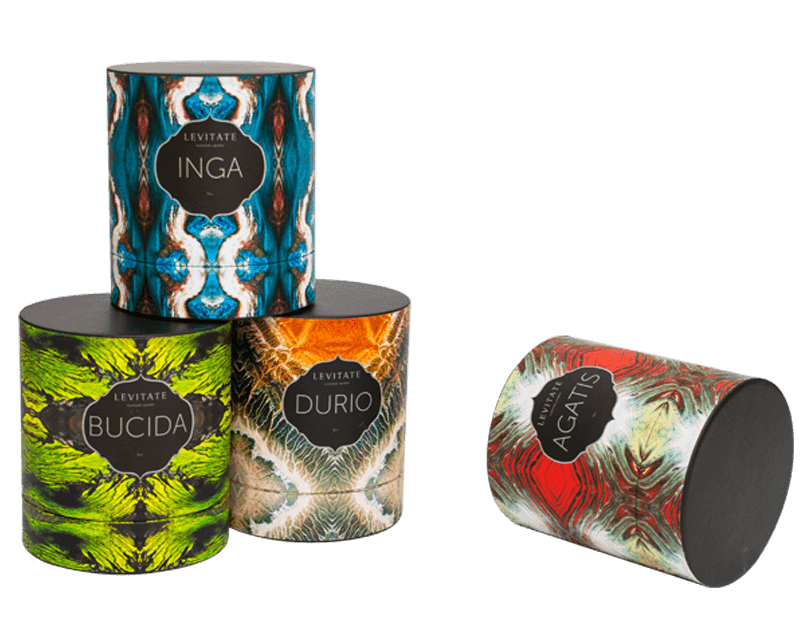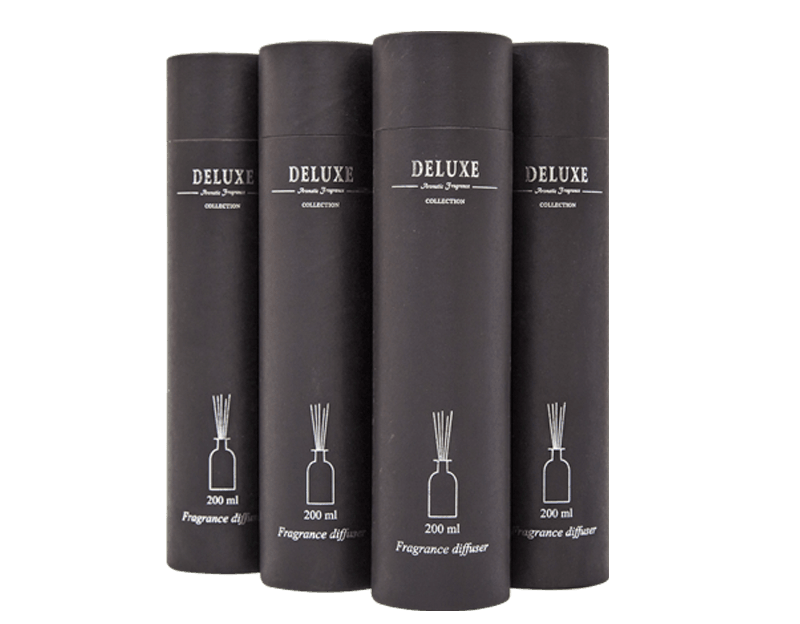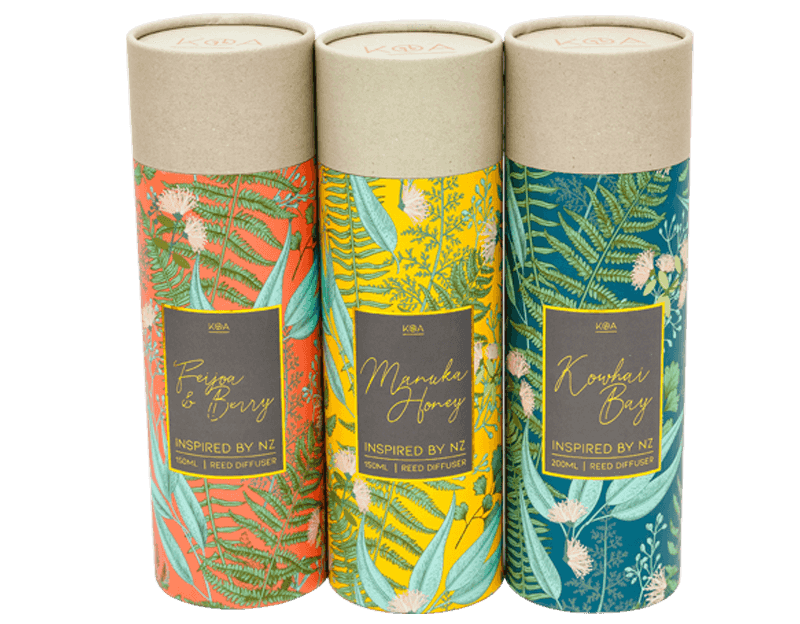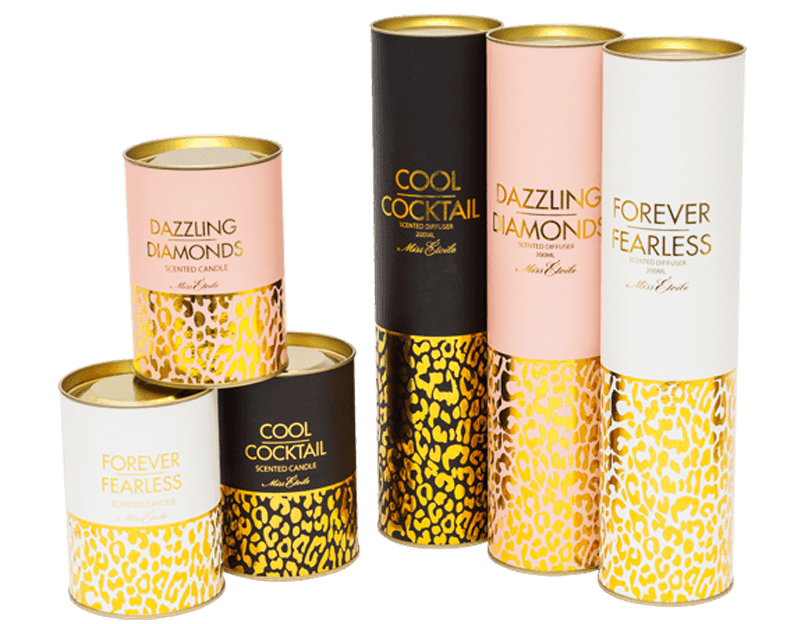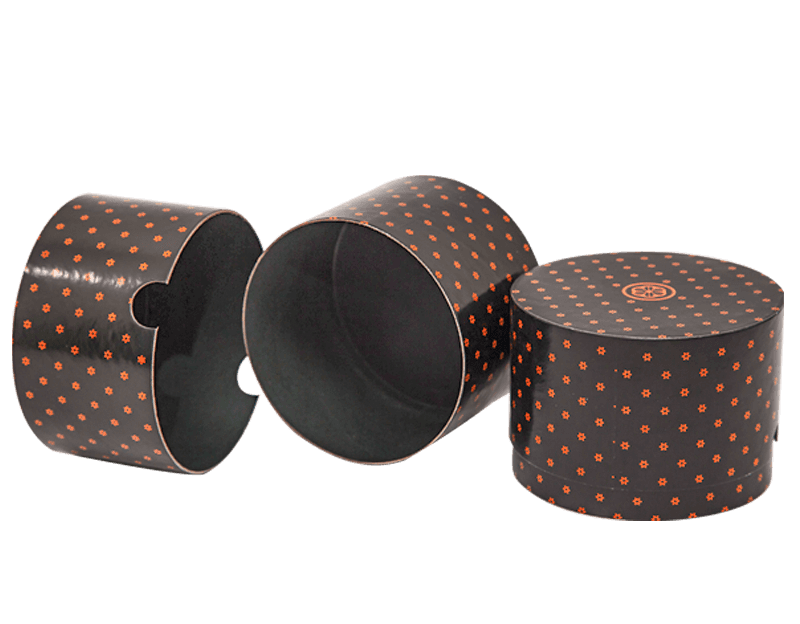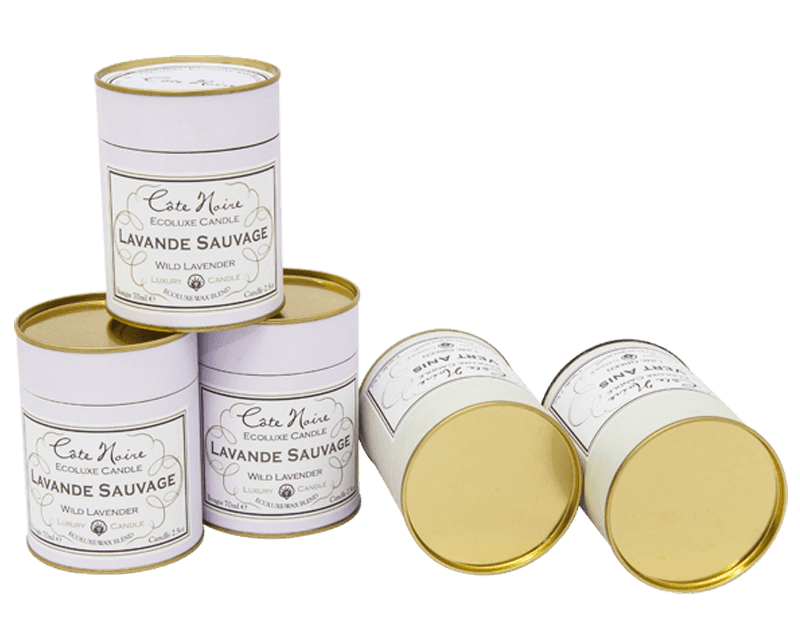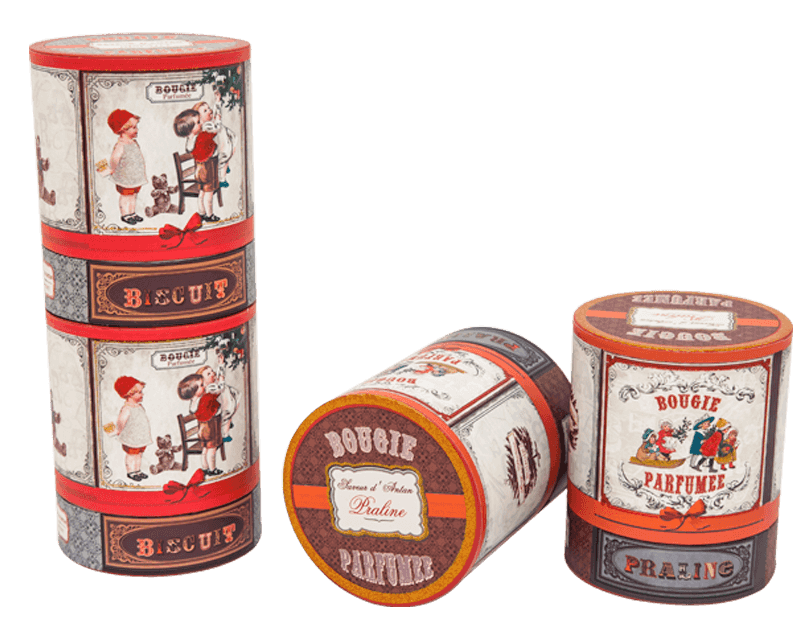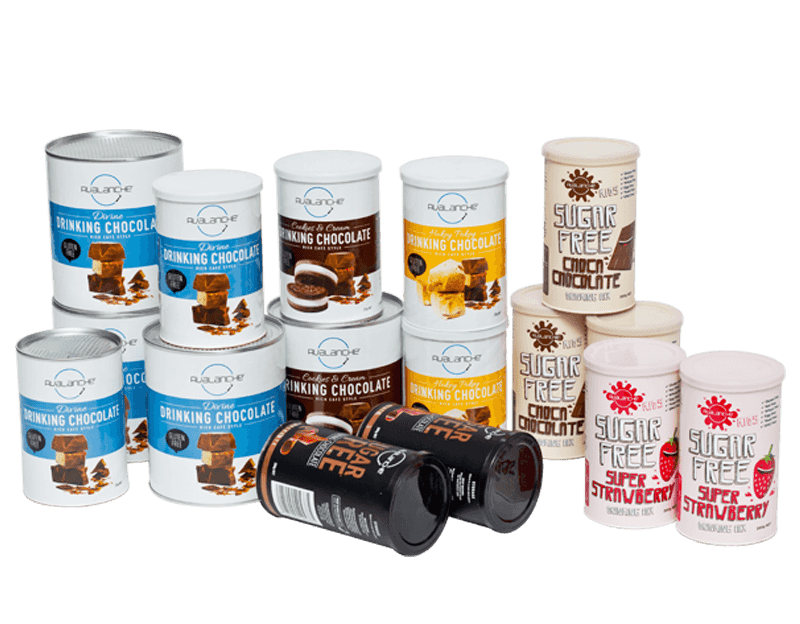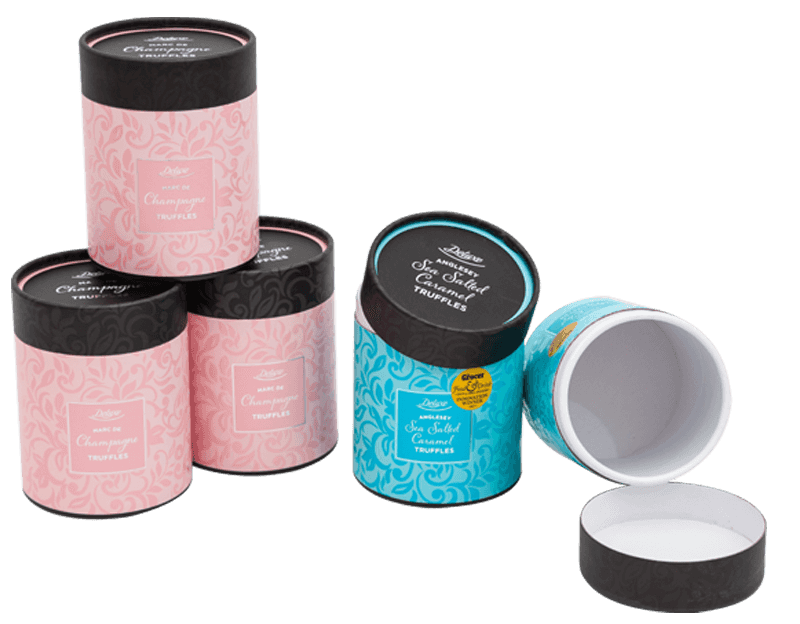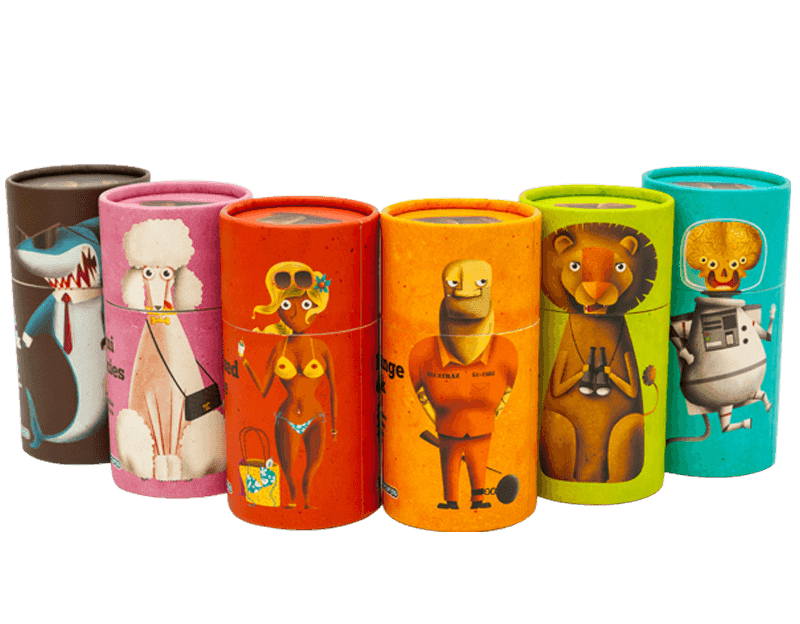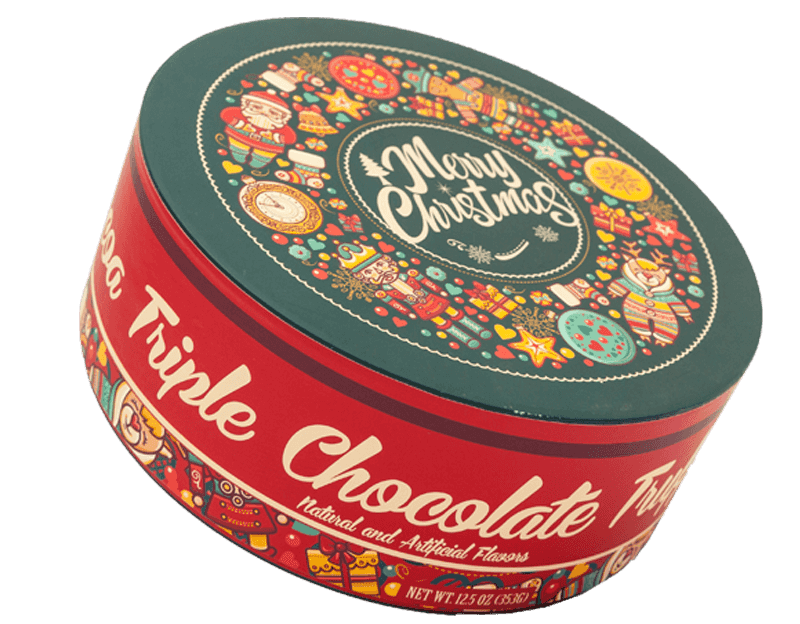As one of the top China cardboard tube packaging manufacturers and paper tube packaging suppliers, we devote all of our efforts to research and launch more high quality packaging products to global market.
Coffee tube packaging often employs a combination of materials to ensure the preservation of coffee's freshness and quality. Commonly used materials include:
Cardboard or Paperboard: These materials provide the structural integrity of the tube and can be printed with branding and product information. They are often used for the outer layer of the tube.
Inner Barrier Liners: To protect coffee from external elements, inner barrier liners made from materials like aluminum foil or polyethylene are used. These liners create a barrier against moisture, light, and air, preserving the coffee's flavor and aroma.
Valve Technology: Many coffee tubes incorporate one-way degassing valves. These valves allow gases produced by the coffee beans to escape without letting air in. This is crucial because freshly roasted coffee releases carbon dioxide gas, which can cause packaging to burst if not properly vented.
Sealing Mechanisms: Adhesives or heat-sealing methods are used to close the ends of the tube, ensuring that the packaging remains airtight until the consumer opens it.
Printed Graphics and Labels: High-quality printing techniques and labels are applied to the exterior surface of the tube for branding, product information, and aesthetic appeal.
Eco-Friendly Materials: In response to increasing environmental concerns, some coffee tube packaging may incorporate eco-friendly materials such as recycled cardboard or biodegradable films.
Plastic Caps or Lids: Some coffee tubes have plastic caps or lids that securely seal the ends of the tube. These caps provide additional protection and ease of use for consumers.
Closures: Depending on the design, the packaging may include resealable closures, such as zip locks or adhesive strips, to allow consumers to reclose the packaging after opening.
Color and Coatings: Special coatings might be applied to the exterior to enhance the visual appeal, provide water resistance, or protect the print.
 English
English Español
Español
